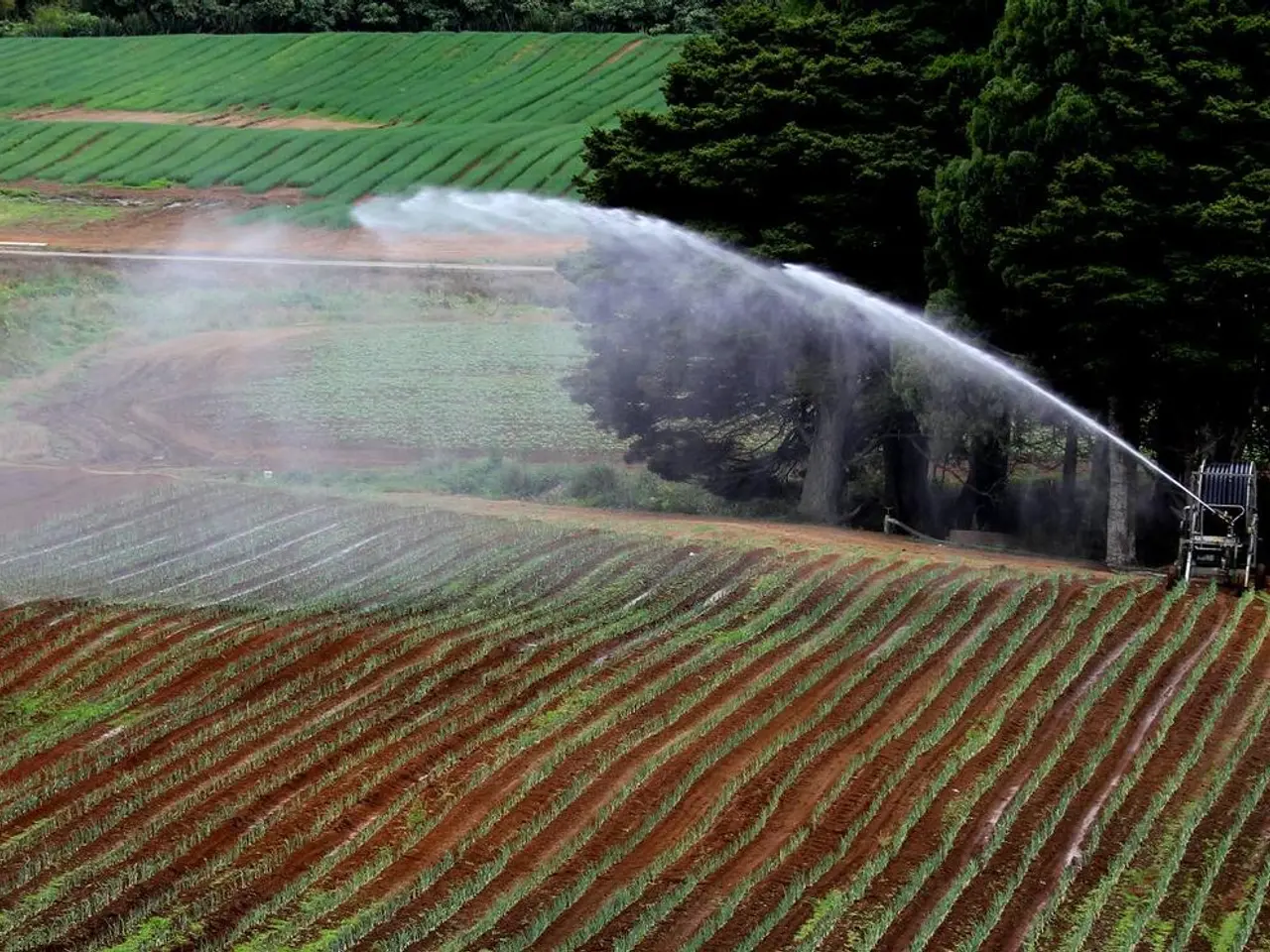Himachal Prceeds Towards Becoming a State Devoted to Organic Farming
Himachal Pradesh Embraces Natural Farming: A Journey Towards Sustainable Agriculture
The government of Himachal Pradesh is making a significant push towards sustainable agriculture, with a focus on natural farming. This initiative aligns with the National Mission on Natural Farming (NMNF) scheme, which aims to promote Zero Budget Natural Farming (ZBNF).
Expanding Natural Farming Acreage
The government has set an ambitious target to bring over 7 lakh hectares under natural farming by 2026, including converting chemical-intensive zones in states like Himachal Pradesh into natural farming clusters.
Empowering Small-Scale and Women Farmers
Special focus is on encouraging small-scale and women farmers to adopt cost-effective natural farming techniques.
Creating Model Villages
Establishing demonstration villages to showcase natural farming’s success and viability is another key aspect of the initiative.
Promoting Indigenous Seed Use
The use of native seed varieties is being encouraged, with examples like the distribution of seeds in Himachal Pradesh’s villages like those in Chamba. This approach encourages resilience and sustainability.
Strengthening Support Infrastructure
The formation and strengthening of Farmer Producer Organizations (FPOs) is being undertaken to help with aggregation, marketing, and branding of natural farm produce.
Achievements So Far
The Subhash Palekar Natural Farming initiative in Himachal Pradesh has seen significant achievements. Farmers are increasingly adopting ZBNF methods, focusing on using cow dung and urine-based sprays, mulching, and other natural inputs, reducing dependence on chemical fertilizers and pesticides.
Farmers receive monetary support (₹15,000 per hectare over three years) to facilitate input preparation and transition to natural farming. Participatory Guarantee Systems (PGS) have been promoted for organic certification, allowing farmers to access premium markets domestically and abroad under the “India Organic” brand.
The approach helps restore soil fertility, increase microbial activity, enhance biodiversity, and reduce pollution and water usage, which are visible outcomes reported across states implementing ZBNF, including Himachal Pradesh.
Current Status
As of now, natural farming is being done in approximately 1650 hectares of land in the state. Thousands of farmers, including many women, have adopted the Subhash Palekar Prakritik Kheti Khushhal Kisan scheme of the state government.
A target has been fixed to involve 9.61 lakh farmers with organic farming by the year 2022, and all out efforts are being made by the government. However, so far, only 39124 farmers of the state have adopted natural farming against a target of 50 thousand farmers.
The state government provides various facilities to farmers, including a 50 percent grant to buy a cow and financial support for building floors in gaushalas and preparing manure. The government has set a target to involve 2 lakh farmers in organic farming for the year 2020, and as many as 2664 Gram Panchayats out of a total of 3226 have been covered under the Prakritik Kheti Khushhal Kisan scheme.
In conclusion, the Subhash Palekar Natural Farming initiative in Himachal Pradesh is a significant step towards sustainable agriculture. The focus on scaling up area under natural farming, supporting women and small farmers, creating success models, and pushing indigenous seeds adoption, along with the achievements in increased implementation of ZBNF methods, financial aid to farmers, certification systems, and improved ecological outcomes, promises a bright future for agriculture in the state.
Integrating Sustainable Practices in Health-and-Wellness
Adopting natural farming techniques not only promotes environmental-science practices but also contributes to individual well-being. Eating organic produce grown through ZBNF methods assists in maintaining a healthy lifestyle.
Bridging the Gap - Science, Nutrition, and Fitness
By reducing the use of chemical fertilizers and pesticides, natural farming in environmental-science aligns with the health-and-wellness sector's effort to minimize toxic substances entering our food. This, in turn, supports fitness-and-exercise initiatives by providing cleaner options for nourishment.





